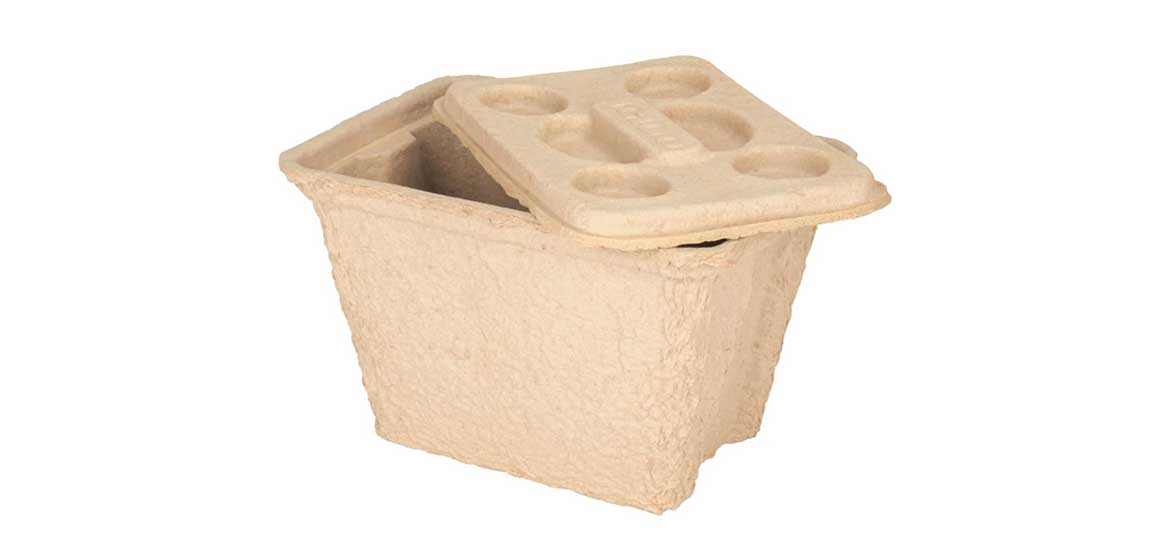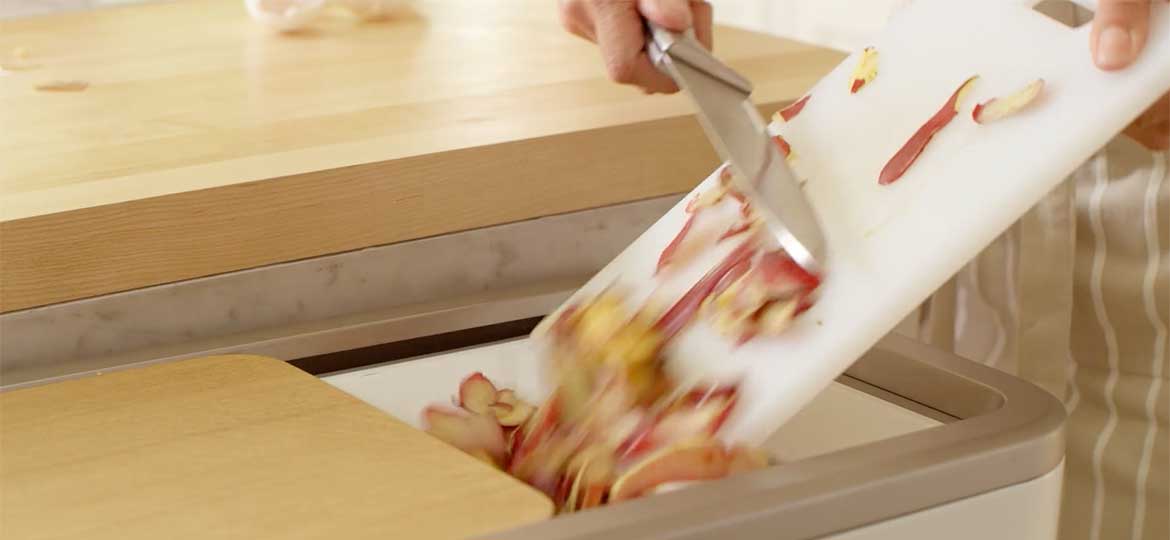See ya, Styrofoam: We test the Igloo Recool, a $10 biodegradable cooler
Made from recycled tree pulp and available for now for $10 each, the Igloo Recool is a green-minded alternative to disposable coolers made from Styrofoam. Can it get you through a day at the beach?
It’s called the Igloo Recool, and Igloo calls it “the world’s first eco-sensitive cooler made from 100% biodegradable materials.” At just $10 each, it’s currently up for sale exclusively at REI stores, with a wider retail rollout set for later this summer.
First seen in January at the Outdoor Retailer and Snow Show, the Recool is a hard-sided cooler made from a mix of paraffin wax and recycled tree pulp. With a capacity of 16 quarts, it promises to retain ice for up to 12 hours, making it a good pick for quick day trips. The body features built in handles as well as a lid with four cup holders on it, and Igloo adds that it can stand up to bumps and drops better than Styrofoam, too.
One other benefit over Styrofoam, per Igloo: “No annoying squeaking noises, ever.”
Read more: Go greener with these cool eco-friendly products for 2019
We got our hands on one here at CNET’s Louisville office and rushed it into the lab for a quick round of cooling tests. It’s surprisingly rugged for what’s basically a bin made of souped-up papier-mâché. Igloo’s team claims it’ll hold up to 75 pounds of weight, and hold water without leaking for up to 5 days. When you’re finished with it, you can recycle it, compost it — or empty it out and let it air dry before reusing it.
To test it, we started by filling it with about 3 pounds of ice and loading it into our climate-controlled test chamber. From there, a probe sitting up above the ice inside the cooler took ambient temperature readings every minute for 48 hours. That’s the exact same test we subject full-size coolers to, and while the Recool obviously didn’t hold the cold as well as those, it was still able to hold its internal temperature about 10 degrees lower than room for about 8 hours before things started warming back up.
Three pounds of ice isn’t even half of a small bag from the gas station, so that challenge is definitely a little bit of a stress test by design. For a better look at how the Recool might perform under typical conditions, I dried the thing out and ran another test. This time, I used the whole bag of ice from the gas station (7 lbs.), and I threw a six pack of Diet Coke inside for good measure, too.
Twenty-four hours later, I had that nifty graph you see below. The ice brought temperatures inside the cooler from room temperature (70 degrees F) down to about 40 F. That’s roughly the same temperature as the door shelves inside your fridge. More important: The Recool held that temperature steady for a good 15 hours before things started warming back up. Even then, it was a slow climb — temperatures still hadn’t quite returned to room temperature at the end of the 24-hour test.
All of that is great, and it tells me that the Recool would work well as a cheap, eco-friendly cooler during a tailgate or a quick day-trip to the beach. I can’t imagine squeezing in much more than that six-pack or so once you’ve filled it with a good portion of ice, but if you’re just packing drinks for a couple of friends or family members, it’ll do the trick.
I also liked that the Recool didn’t get soggy during any of my tests. By the end of each one, it was filled with a couple of inches of standing water, but the cooler never started to dissolve on me. I just dumped it out and let it air dry for an hour or so, and it was basically back to new.
It’s all enough for me to crown this thing as my cheapskate cooler of choice. It isn’t quite as good at insulating the cold as Styrofoam is, but it’s still surprisingly adept at it — and it’s infinitely better than Styrofoam for the environment.






Leave A Comment